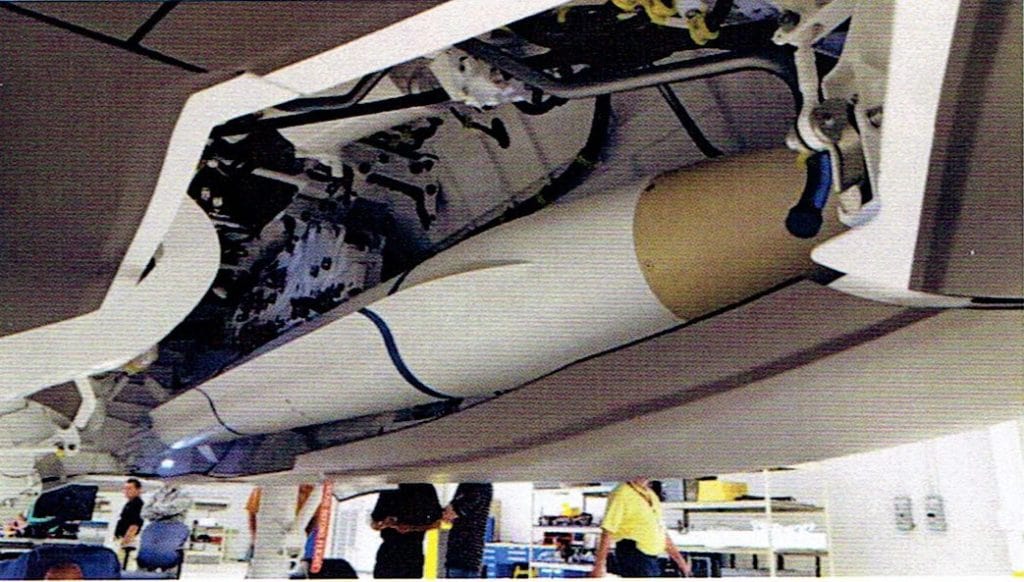The F-35 Lightning II brings a lot of new capabilities to the table. In one sense, this 5th-generation fighter can take out targets that are defended by some of the most modern air defenses in the world.
But the plane has one weakness, in the form of relatively limited space in the internal weapons bays. For the F-35A and F-35C, that bay can carry two 2,000-pound class bombs. The F-35B can carry two 1,000-pound class bombs. Usually these bombs are the GPS-guided Joint Direct Attack Munitions.
These weapons are accurate, but you have to get pretty close to the target to use them effectively.

Now, Roketsan and Lockheed Martin have teamed up to develop a weapon that can allow a F-35 to hit a naval or land target at long range while still retaining its most stealthy configuration. According to handout provided by Rocketan and Lockheed at the AirSpaceCyber expo in National Harbor, Maryland, the Stand Off Missile-JSF or SOM-J, can put a 310-pound semi-armor piercing blast-fragmentation warhead on a naval or land target from over 150 nautical miles away.
The missile, weighing roughly 1,000 pounds, can be carried in the F-35’s internal weapons bay. Not only does this mean the F-35 can’t be seen, it means that it can hit targets from beyond the range of advanced radars or surface-to-air missiles.

Like the F-35, SOM-J is also low observable, and it also adds new features like the ability to hit targets of opportunity, or is able to change targets while in flight. The system uses an imaging infrared seeker, as well as GPS guidance, as well as the ability to navigate using images of landmarks or the ability to match terrain. It has “high-subsonic” speed.
The SOM-J can be fired from the F-16 Fighting Falcon or the F-35 Lightning. Turkey already uses an earlier version, the Stand Off Missile, or SOM, on its F-4 Phantoms and F-16s.


